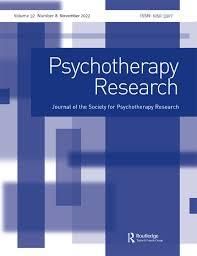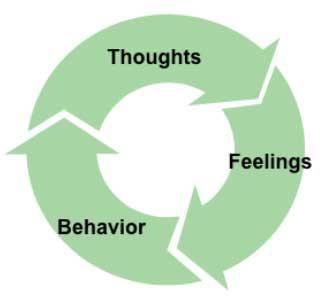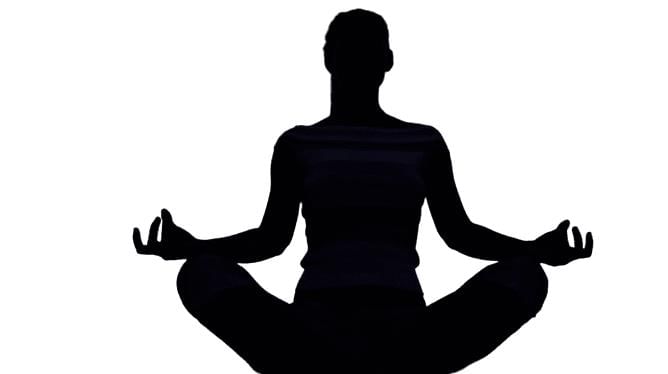|
Card: 1 / 32 |
Cognitive Behaviour Therapy (CBT) emphasizes the connection between ___, ___, and ___ in addressing psychological distress. |
|
Card: 3 / 32 |
True or False: Cognitive therapy can only be used to treat severe mental health conditions. |
|
Card: 4 / 32 |
False. Cognitive therapy is often used to treat mild to moderate mental health conditions.  |
|
Card: 5 / 32 |
Fill in the blank: One of the techniques used in CBT is ___, which involves identifying and challenging negative thoughts. |
|
Card: 8 / 32 |
The therapeutic relationship in Cognitive Therapy is collaborative, where the therapist helps the client identify and modify negative thought patterns.  |
|
Card: 12 / 32 |
False. Cognitive Behaviour Therapy is typically a short-term, time-limited therapy.  |
|
Card: 13 / 32 |
What are the three key elements of client-centered therapy as developed by Carl Rogers? |
|
Card: 14 / 32 |
The three key elements are unconditional positive regard, empathy, and creating a secure environment.  |
|
Card: 15 / 32 |
Fill in the blank: Biomedical therapy primarily involves the use of ___ to treat mental disorders. |
|
Card: 17 / 32 |
Electroconvulsive therapy (ECT) is typically used when ___ is ineffective in controlling the patient's symptoms. |
|
Card: 19 / 32 |
The therapeutic alliance between the therapist and the client is critical because it provides ___ and ___ for the client's healing. |
|
Card: 21 / 32 |
The ethical standards in psychotherapy include maintaining the ___ of the client's issues. |
|
Card: 25 / 32 |
True or False: Therapist variables like warmth and positivity do not influence the healing process in psychotherapy. |
|
Card: 26 / 32 |
False. Therapist variables like warmth and positivity can significantly influence the healing process.  |
|
Card: 29 / 32 |
Sudarshan Kriya Yoga is particularly effective for treating ___, ___, and ___. |
|
Card: 31 / 32 |
True or False: Kundalini Yoga has been found effective in treating obsessive-compulsive disorder. |
































